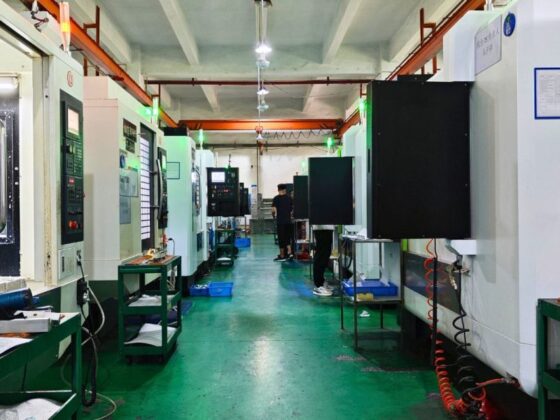Mold is more than just an unsightly nuisance in our homes; it’s a silent invader that can pose serious health risks. A tiny spore, floating seemingly innocuously in the air, can trigger a cascade of symptoms that range from mild irritations to severe respiratory issues.
Many people underestimate the potential dangers lurking within damp walls or under neglected floorboards, often attributing unexplained health problems to fatigue or allergies without considering mold as the underlying culprit. Understanding the various risks associated with mold exposure is crucial for safeguarding not just our physical well-being but also our overall quality of life.
As we delve into the significant threats posed by mold, well explore the signs to watch out for, the vulnerable populations affected, and the proactive steps you can take to ensure a healthier living environment.
Common Types of Mold: Identifying the Culprits

Mold can manifest in a plethora of forms, each with its own implications for health and indoor environments. Among the most common culprits are Aspergillus, a versatile mold often found in damp areas like basements and bathrooms, and Stachybotrys chartarum, famously known as black mold, notorious for its toxic properties and association with serious respiratory issues.
You might also encounter Penicillium, characterized by its blue or green color, typically thriving in homes with water damage, while Cladosporium, a mold of both indoor and outdoor varieties, often creeps into areas with excessive humidity. Each type carries unique risks, making it vital to identify and remedy mold growth promptly.
Remember, a keen eye and a proactive approach can help safeguard your health from these insidious intruders.
Health Risks of Mold Exposure: Symptoms to Recognize

Mold exposure can shroud you in a veil of subtle but serious health risks. Many individuals may initially dismiss their symptoms as mere allergies: sneezing, runny noses, or even persistent coughs.
However, mold can provoke far-reaching consequences that go beyond common cold-like symptoms. Individuals with asthma may experience exacerbated attacks, while those with weakened immune systems could face life-threatening infections.
Moreover, some molds produce mycotoxins, which can lead to more alarming issues such as chronic fatigue, memory problems, and respiratory distress. It’s critical to recognize these varied symptoms early; overlooking them may allow mold spores to continue wreaking havoc on your health.
Remember, the signs can be elusive, ranging from skin irritations to headaches, so staying vigilant is key to safeguarding your well-being.
Environmental Conditions: How Mold Grows and Spreads

Mold thrives in environments where moisture and organic material coalesce, creating the perfect breeding ground for its insidious spread. Basements, bathrooms, and kitchens often fall victim to this opportunistic fungus, as leaks and high humidity levels provide the wetness it craves.
Spores, the stealthy architects of mold growth, can lie dormant for extended periods, waiting for just the right conditions to spring into life—typically when the relative humidity soars above 60%. Once activated, these microorganisms can proliferate rapidly, often unseen until they culminate in a stubborn infestation.
The relentless nature of mold makes it a formidable foe, spreading not just through the air but also via porous materials and even HVAC systems. Thus, understanding the nuances of its environmental preferences is crucial for prevention and control.
Conclusion
In conclusion, understanding the risks associated with mold exposure is crucial for maintaining a healthy living environment. Mold can pose serious health threats, especially for individuals with respiratory issues or compromised immune systems.
Being aware of the signs of mold growth and the conditions that foster its development can help mitigate these risks. Regular inspections, preferably by a professional Mold Inspection Company, can play a vital role in detecting and addressing mold issues before they escalate. Taking proactive measures ensures not only the safety of your home but also the well-being of your family.
Prioritizing mold awareness and prevention is a critical step towards fostering a healthy indoor environment.


